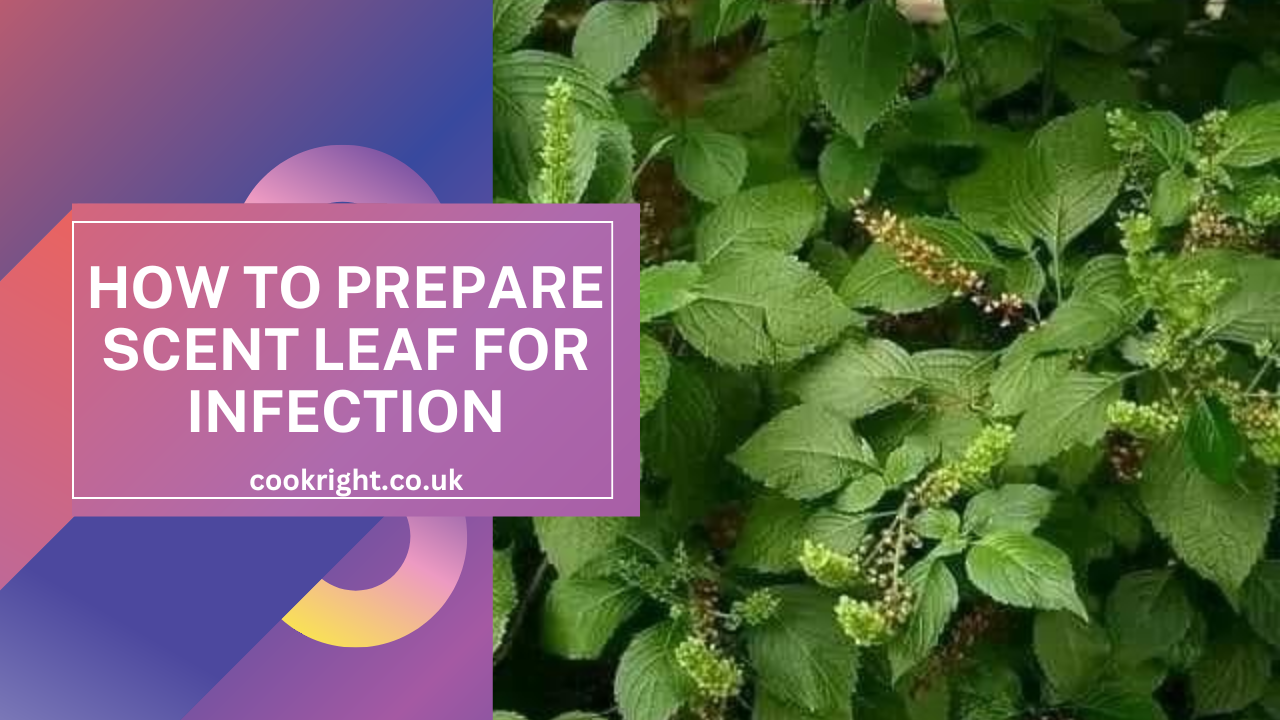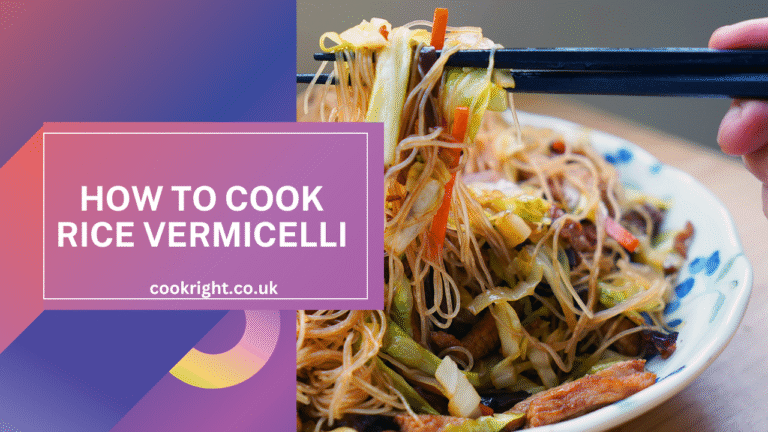Scent leaf, known scientifically as Ocimum gratissimum, is a powerful herb celebrated for its medicinal properties. Traditionally utilized in African and Asian cultures, scent leaf has become a trusted natural remedy for a variety of infections thanks to its antibacterial, antifungal, and anti-inflammatory characteristics.
It has other names for different cultures, for instance, nchanwu in the Igbo language and daidoya in Hausa.
This comprehensive guide will delve into how to prepare scent leaf for infection, ensuring you fully harness its therapeutic potential.
Understanding the Benefits of Scent Leaf
Before diving into the preparation methods, it’s crucial to grasp why scent leaf is effective against infections.
The leaves of this herb are packed with essential oils such as thymol, eugenol, and camphor.
These compounds exhibit strong antimicrobial properties, which help in:
- Inhibiting Pathogen Growth: The antibacterial and antifungal properties of scent leaf inhibit the growth of harmful microorganisms, making it effective against various infections.
- Reducing Inflammation: Scent leaf’s anti-inflammatory properties help in soothing and reducing inflammation, providing relief from pain and discomfort associated with infections.
- Promoting Healing: The combination of its antimicrobial and anti-inflammatory properties accelerates the healing process of infected tissues.
Steps to Prepare Scent Leaf for Infection
To prepare the scent leaf, the steps to follow include;
-
Harvesting Fresh Scent Leaves:
Ensure you use fresh scent leaves to maximize the medicinal benefits. Look for leaves that are vibrant green, free from any wilting or signs of disease.
-
Washing the Leaves
Rinse the scent leaves thoroughly under running water to remove any dirt, pesticides, or contaminants. For additional cleanliness, you can soak them in a mixture of water and vinegar for a few minutes.
-
Preparing Scent Leaf Tea
Ingredients:-
- A handful of fresh scent leaves
- 2 cups of water
Instructions:-
- Start by boiling 2 cups of water in a pot.
- Once the water reaches a rolling boil, add the fresh scent leaves.
- Reduce the heat and let it simmer for about 10-15 minutes. This process helps in extracting the essential oils and beneficial compounds from the leaves.
- After simmering, strain the liquid to remove the leaves.
- Allow the tea to cool slightly before drinking.
Usage:-
Consume the scent leaf tea twice daily to help combat internal infections such as stomach bugs or respiratory infections. The tea can help soothe the digestive tract and respiratory system, providing relief and promoting healing.
-
Making Scent Leaf Infusion for Topical Application
Ingredients:-
- Fresh scent leaves
- Olive oil or coconut oil
Instructions:
- Begin by crushing the fresh scent leaves to release their essential oils. This can be done using a mortar and pestle or by simply tearing the leaves.
- Place the crushed leaves in a clean, dry jar.
- Pour olive oil or coconut oil over the leaves until they are fully submerged. These carrier oils are not only soothing but also help in preserving the essential oils from the scent leaves.
- Seal the jar tightly and store it in a cool, dark place for about two weeks. This allows the essential oils to infuse into the carrier oil.
- Shake the jar occasionally to facilitate the infusion process.
- After two weeks, strain the oil to remove the leaves, resulting in a potent, infused oil.
Usage:-
Apply the infused oil directly to the skin to treat infections like fungal infections, wounds, or skin irritations. Use it twice daily for optimal results. The oil can also be used as a massage oil to relieve muscle aches and pains due to its anti-inflammatory properties.
-
Creating Scent Leaf Poultice
Ingredients:
- Fresh scent leaves
- Clean cloth or bandage
Instructions:-
- Crush the fresh scent leaves into a paste using a mortar and pestle. The paste should be smooth and easy to apply.
- Apply the paste directly to the affected area.
- Cover with a clean cloth or bandage to keep the poultice in place.
- Leave it on for a few hours or overnight to allow the active compounds to work on the infection.
Usage:-
Use the poultice on external infections like boils, abscesses, or cuts to help reduce inflammation and promote healing.
The poultice can be reapplied as needed until the infection subsides.
Additional Tips for Using Scent Leaf for Infection
-
Consistency is Key
For optimal results, use the prepared scent leaf remedies consistently as part of your daily routine. Regular application ensures that the active compounds continuously work on the infection.
-
Combine with Other Natural Remedies
Scent leaf can be combined with other natural antibiotics like garlic, honey, or ginger for enhanced effects. These combinations can create a powerful synergy that boosts the body’s ability to fight off infections.
-
Consult with a Healthcare Professional
While scent leaf is a potent natural reedy, it’s important to consult with a healthcare provider, especially if you have a severe infection or underlying health conditions. They can provide guidance on integrating natural remedies with conventional treatments.
Conclusion
Scent leaf is a versatile and powerful herb that can be effectively used to combat various infections. By following these detailed preparation methods, you can harness the healing properties of scent leaf and incorporate it into your natural health regimen.
Remember, natural remedies like scent leaf can be a complementary approach to conventional medicine, promoting overall wellness and healing. Embrace the natural power of scent leaf and take a step towards healthier living.




